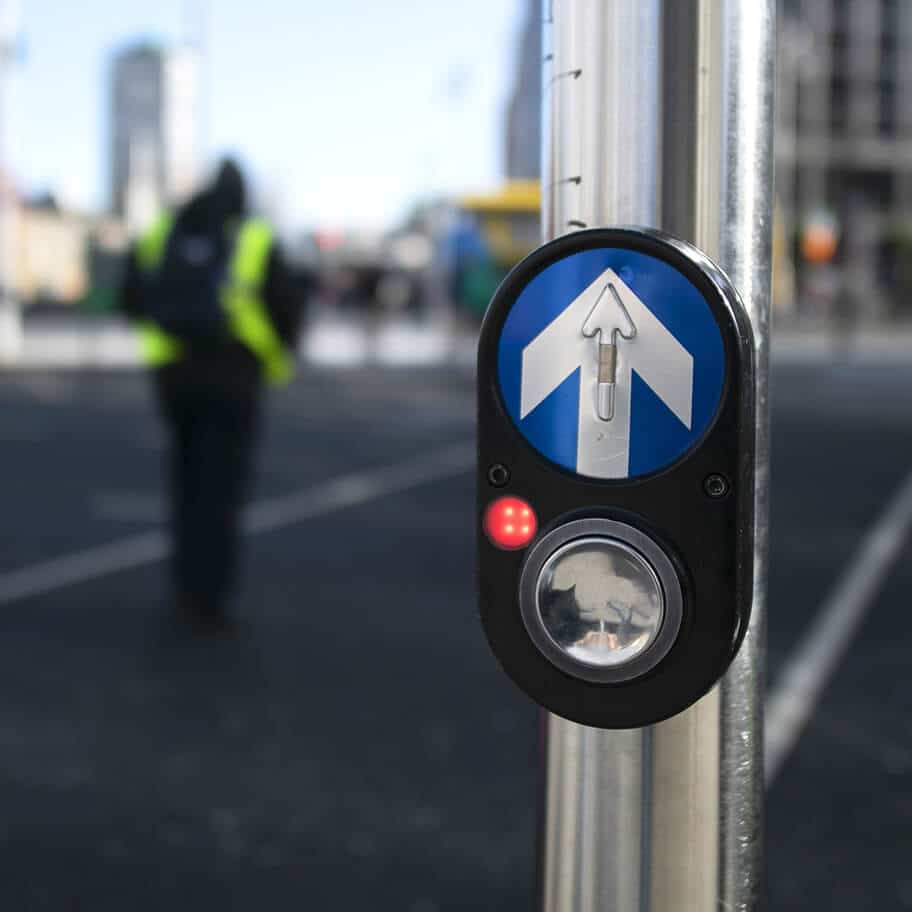Case Settlement
If you are to proceed with a road traffic accident claim you may be entitled to claim compensation for the accident and added expenses you may have incurred. These claims are called damages.
General Damages
General damages are non-financial damages such as pain and suffering and/or physical and emotional injuries following a road traffic accident.
Special Damages
Special damages are out of pocket expenses incurred as a result of the road traffic accident, for example, loss of earnings (if you are out of work), medical bills, and added travel costs as a result of the accident (for example, travel to and from the hospital). Learn more about Special Damages.
Material Damages
Material damage refers to damage caused to your personal property. For example, in a road traffic accident, the material damage would be the damage to your car.

